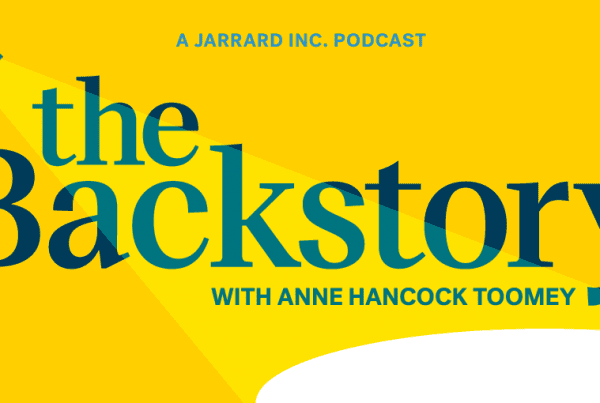The Big Story: Business leaders and workers still see DEI as a value-add, new survey finds
“Most (84%) executives see inclusion efforts as a key recruitment tactic. The report found that abandoning DEI could turn off emerging talent, as 76% of all workers and 86% of Gen Z said they’re more likely to stay at a company committed to DEI.”
It’s always more complicated in healthcare
By Kiah Calmese Walker and Tim Stewart
3-minute read
Five years ago, in a moment of national emergency and national reckoning, efforts to deal with the ongoing impacts of racism across the country resulted in a desire for meaningful action. The mood moved from street protests to social media, and eventually, to big business and the government.
A newfound fervor to pursue greater diversity, equitable access (in all aspects of society) and broader inclusion led not just to promises and press releases, but the beginning of widespread, practical change. Across the country, organizations and institutions undertook shifts in strategy, financial investment, policy and infrastructure to meet those goals.
We are in a dramatically different political moment now.
As those three loaded letters have become weaponized, organizations that held their ideals lightly out of political expediency have found them just as easy to drop out of political expediency. Corporations have dropped their rainbow logos, shuttered departments and disbanded programs with a speed not seen since they mobilized to adopt those signifiers five years ago.
For healthcare, it’s mission critical
While many corporate entities were building new initiatives under the DEI heading, for most hospitals and health systems the acronym was a good place to codify and formalize work they had long been doing. As the largest employer in many communities, health systems know better than most the value of a diverse and inclusive workforce. Providers see firsthand the impact of inequity – from social determinants of health to barriers to care access – and how it results in sicker communities.
Walking away from the actual work that constitutes DEI in healthcare undermines the mission of our hospitals and health systems to deliver exceptional care for all. Most systems have some variation of that theme as core to their mission, and it was there long before it was a societal trend. And yet, every hospital in the country is also deeply reliant on public funding for survival, and the current administration has not been at all shy about using financial cuts as a threat.
So, what do you do?
Well, let’s start with what you’ve probably done, or are in the process of doing.
Most health systems have scoured their websites for anything that might draw ire. They’ve done deep forensic analysis of social media posts. They’ve assessed public positioning of programs. They’ve reviewed sponsorships and evaluated grants and research funding sources.
Those are mostly public expressions of your work or your commitments.
The next steps – the internal ones – are harder and more fraught because they get to the heart of both the work and the organizations themselves. The essential question is: How do we keep doing the work that is essential to who we are, in a way that is authentic to our organization and our people…without putting a target on our back?
As DEI programming changes to Outcomes, or Culture, or Something for Everyone, or Please Don’t Get Mad at Us, the impact on the healthcare workforce is seismic. Obviously for the people engaged directly in this work, but also for people across the organization who have prided themselves on being part of not only a healing institution, but an organization that’s trying to make meaningful progress on major cultural issues.
A human-centered approach
How do we move people through complex and emotional change? There’s a shift in how patients, communities and healthcare workers see the role and responsibility of healthcare systems and leaders. Being included, heard, seen and supported has always mattered, but it’s beginning to matter more. Especially in an industry riddled with constant change.
Data around healthcare workforce engagement, retention and community trust tells us that people’s needs, values and expectations will continue to evolve toward prioritizing what matters to them above all else. For example, personalized, experience-centered patient care is a real thing. Just look to the $11B spent on health AI in 2024 to make personalized care a reality. But the delivery of personalized care isn’t the only demand… so is the delivery of a personalized and trust-filled experience for healthcare workers.
As our industry continues to redefine itself in response to the current climate, the organizations equipped to lead change and transformation with a human-centered approach – in the face of legitimate change burden and fatigue – will have the advantage. People now want to know:
- Do you see me?
- Will you hear my voice and value my input when navigating change?
- Do you appreciate my contributions?
- Will you protect me, invest in me, care for me and respect me – especially in times of rapid change?
Healthcare workplaces that cultivate transformational agility, psychological safety, collaborative capability and cultural accountability are well positioned to become employee workplaces of choice, specifically because they prioritize “seeing” people as an essential change readiness strategy and cultural preservation necessity.
It may sound hard. Many industries have already taken the easy way out and fled the scene. But this is healthcare. Your people need you to do hard things.




